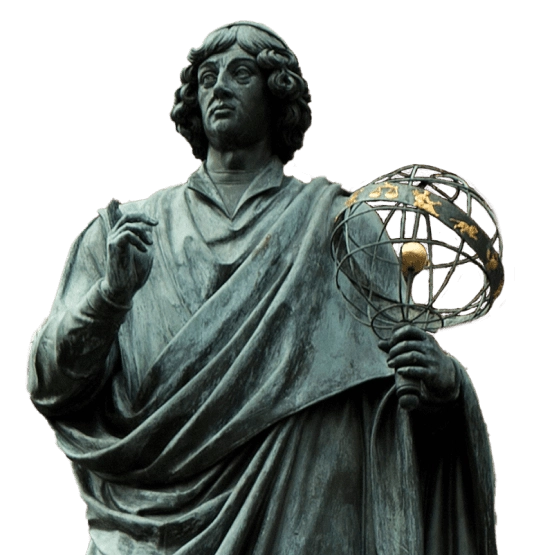Two unique objects can currently be observed in the autumn sky – comets C/2025 A6 (Lemmon) and C/2025 R2 (SWAN), which are closest to Earth in their journey around the Sun. Both are also visible from Poland, and binoculars are sufficient to observe them.
Comet C/2025 A6 (Lemmon) was discovered on January 3, 2025, as part of the Mount Lemmon Survey project. Its orbital period around the Sun is approximately 1,350 years, but after this year’s passage near our star, it will shorten to about 1,150 years. It will be closest to the Sun on November 8, at a distance of 79 million km, and on October 21, it will approach Earth at a distance of about 90 million km.
It currently has a brightness of 4.6 magnitude – in dark places, you can try to see it with the naked eye, although it is definitely easier with binoculars. The comet is visible in the evening between 7:00 p.m. and 9:00 p.m., low above the western horizon, near the star Arcturus in the constellation Boötes.
The second comet, C/2025 R2 (SWAN), was discovered on September 11, 2025, by Vladimir Bezugly in images from the SOHO probe. In mid-October, its brightness was about 6 magnitudes, and it is now slowly decreasing. It can be seen in the evening above the southern horizon, near the bright star Altair in the constellation Aquila. It came closest to Earth on October 20, at a distance of only 24 million km, which is more than three times closer than Mercury is to the Sun.
The phenomenon of two comets visible almost simultaneously is a rarity. Astronomers emphasize that such observations allow for a better understanding of the structure and evolution of these icy wanderers from the outer reaches of the Solar System.






